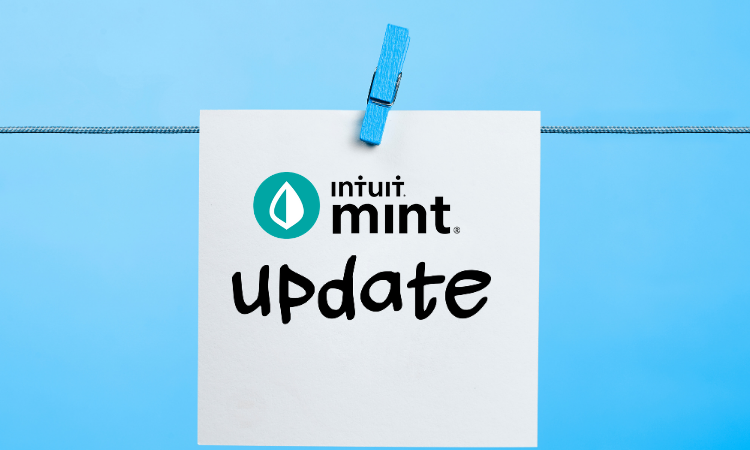Data, Member Exclusive
‘We’re going to go where we need to go to solve the customer problem’: Inside Mint’s renewed push into personal finance
- Mint was a pioneering personal finance app that faded to the background over the years.
- After years of learning, corporate owner Intuit is out with a new update and strategy to expand beyond the firm's 25 million users.





